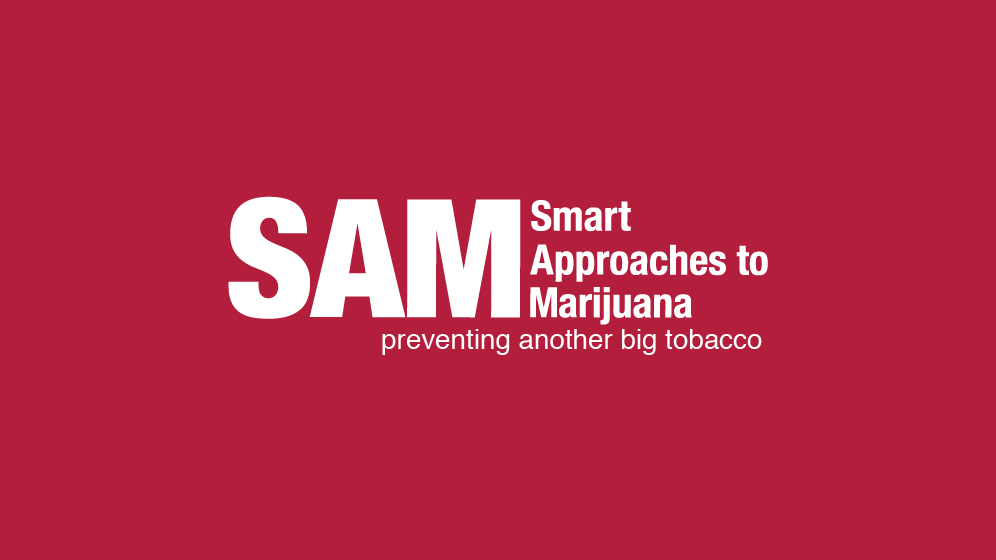
A new study compiled by the Public Health Institute, a California-based nonpartisan organization promoting strong public health policy, programs, systems, and best practices, found that regulations on the marijuana industry in California have fallen well short of protecting youths from the drug. The study also found several hypocrisies in marijuana regulations when compared to regulations and campaigns working to reduce youth tobacco use.
“This report is a damning indictment of the marijuana industry. It reveals how time and time again they have put profits ahead of public health,” said Dr. Kevin Sabet, president of Smart Approaches to Marijuana (SAM) and a former senior drug policy advisor to the Obama Administration. “California is failing to properly protect young people, uniquely at risk for serious harms, from Big Pot’s predatory marketing tactics.”
The report focused on comparing regulations put in place to discourage youth tobacco use to those put in place by the state on the marijuana industry. It found numerous instances where tobacco use precautions were thrown by the wayside when it comes to marijuana. One notable exception has been the approval of on-site consumption. The report states that local onsite consumption, associated with smoke-filled lounges and outdoor marijuana events, such as legal sales at concerts, fairs, or park events, may threaten decades of progress in smoke-free workplaces and outdoor spaces.
Most residents of California are exposed to marijuana industry advertisements and there are only limited restrictions on advertising. This is significant, as a recent study found that living near a dispensary and viewing ads increased the likelihood of use and frequency of youth use. Furthermore, another recent study found roughly one in three youths (15-19) living in legalized states have engaged with marijuana ads on social media. Those who engaged with said promotions were five times more likely to report past-year use.
The report also found several stark hypocrisies in regulation. While the state of California recently promoted a large-scale “Flavors Hook Kids” campaign, state laws and regulations over the marijuana industry failed to offer any restrictions on the production or sale of flavored marijuana products.
Additionally, the legal market has been allowed to produce products with more than 90% THC, while similar manipulation of nicotine content to increase addiction was a Big Tobacco tactic condemned in the US. v. Phillip Morris. Higher THC content has been linked to a greater risk of addiction, problematic use, and severe mental health issues—especially among younger users.
In its conclusion, the report’s authors state that “(a)s the legal marijuana industry consolidates and its power expands, communities may wish to consider precautionary incorporation of these policy lessons into marijuana regulation from the start, potentially reducing the risk of failing in our responsibility to protect youths and health for decades to come.”
Finally, in order to put public health first, the report recommends California limit marijuana industry advertising, institute restrictions on potency, limit kid-friendly colors and flavors, end delivery services, and reduce the overall amount of marijuana storefronts.